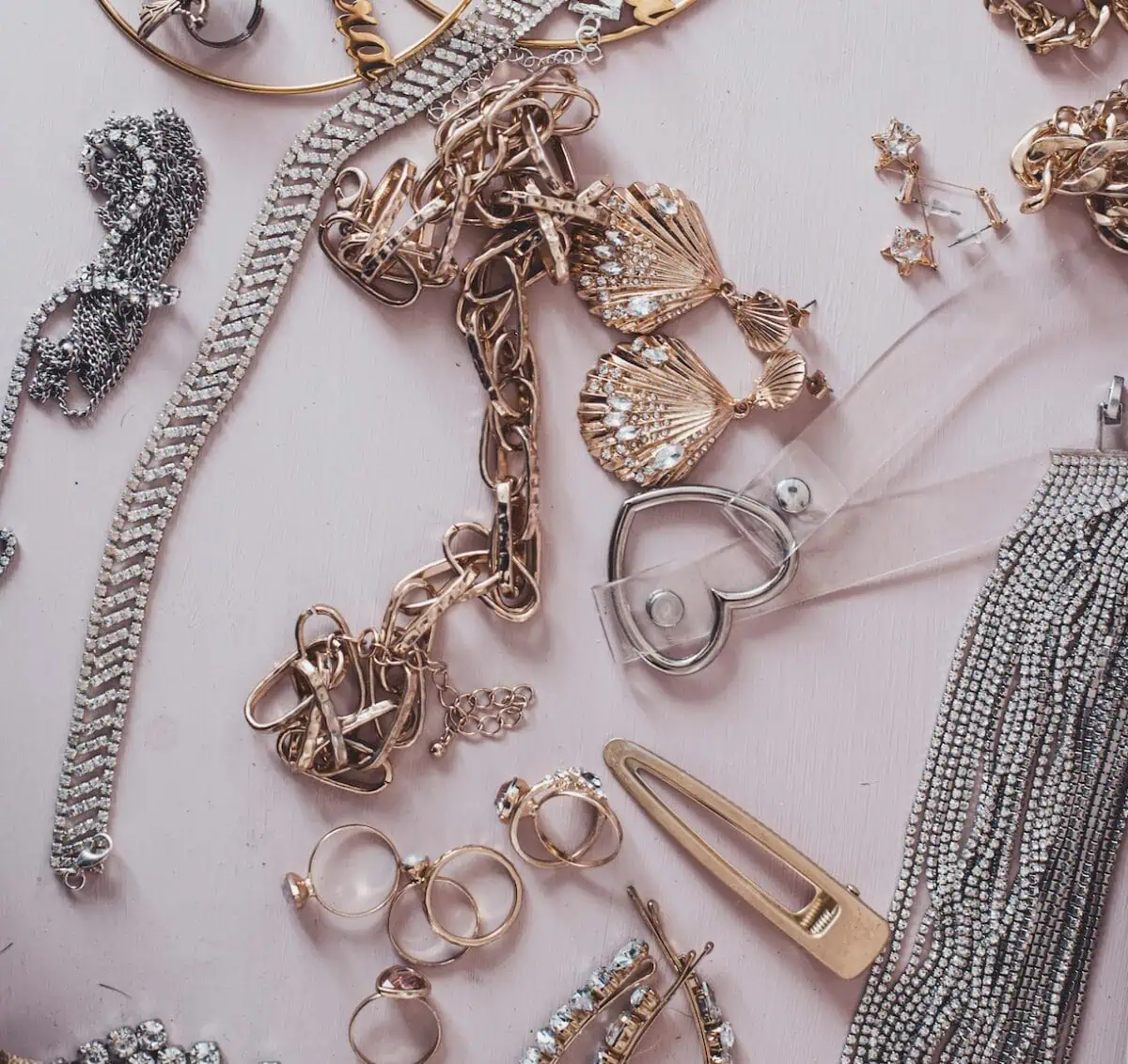In today’s fast-paced world, selling jewelry can be a lucrative venture if done right. Whether you’re looking to declutter your collection, upgrade pieces, or start a jewelry business, finding the right buyer is essential for a successful transaction.
This guide will walk you through the process of selling jewelry, from evaluating your pieces to finding the perfect buyer.
1. Assess Your Jewelry
Before you start the selling process, take inventory of your jewelry collection. Separate pieces based on their condition, style, and value. Determine whether your jewelry is made from precious metals like gold, silver, or platinum, and if it features gemstones such as diamonds, rubies, or sapphires.
Assessing your jewelry’s quality and marketability will help you set realistic expectations for pricing and identify potential buyers.
2. Research Market Trends
Stay informed about current market trends and prices for jewelry similar to yours. Research online marketplaces, auction houses, and local jewelry stores to gauge the demand and value of your pieces. Factors such as metal prices, gemstone quality, and fashion trends can influence the market value of your jewelry.
By understanding market dynamics, you can price your jewelry competitively and attract potential buyers.
3. Clean and Prepare Your Jewelry
Presentation matters when selling jewelry. Clean your pieces thoroughly to restore their shine and appeal. Use a soft cloth and mild soap to remove dirt, grime, and tarnish from metal surfaces. For gemstones, consider using a jewelry cleaner specifically formulated for delicate stones.
Polish your jewelry to enhance its brilliance and allure. Additionally, take clear, high-quality photographs of your pieces from different angles to showcase their beauty and craftsmanship.
4. Determine Your Selling Strategy
Decide whether you want to sell your jewelry directly to a buyer, through consignment, or online. Online platforms such as eBay, Etsy, and Craigslist offer a wide reach and convenience but may require more effort in terms of listing and shipping.
Consignment shops and jewelry stores provide expertise and exposure but may take a commission or charge fees. Direct selling to individuals or through social media channels allows for personal connections and negotiation but requires caution and safety measures.
5. Create Compelling Listings
If you’re selling jewelry online, create compelling listings that highlight the unique features and benefits of your pieces. Write detailed descriptions that include information about the materials, dimensions, and any certifications or appraisals.
Use keywords relevant to your jewelry’s style, design, and brand to improve its visibility in search results. Include clear, high-resolution images that accurately depict the color, clarity, and cut of gemstones and the quality of metals.
6. Engage with Potential Buyers
Engage with potential buyers proactively to answer their questions, address their concerns, and build trust. Respond promptly to inquiries and provide additional information or photographs as needed.
Be transparent about the condition, history, and authenticity of your jewelry to avoid misunderstandings or disputes. Establishing open communication and rapport with buyers can increase their confidence and likelihood of making a purchase.
7. Negotiate and Close the Sale
Negotiate pricing and terms with interested buyers to reach a mutually beneficial agreement. Be flexible but firm in your negotiations, considering factors such as market value, demand, and the buyer’s budget.
Secure payment through trusted methods such as PayPal, bank transfer, or escrow services to ensure a safe and smooth transaction. Provide a detailed invoice or receipt that outlines the sale terms and includes contact information for future reference.
8. Follow Up and Seek Feedback
After completing the sale, follow up with the buyer to ensure their satisfaction and address any post-purchase concerns. Request feedback on their experience to identify areas for improvement and build your reputation as a reliable seller. Encourage buyers to leave reviews or testimonials that can enhance your credibility and attract more potential buyers in the future.
Final Thoughts
Selling jewelry requires careful planning, research, and execution to find the right buyer and achieve a successful outcome. By assessing your jewelry, researching market trends, preparing your pieces, determining your selling strategy, creating compelling listings, engaging with potential buyers, negotiating effectively, and following up diligently, you can maximize the value of your jewelry and find the perfect buyer.
With patience, persistence, and professionalism, you can turn your jewelry into cash or upgrade to new pieces with confidence and ease.
Article and permission to publish here provided by Filip Uzelac. Originally written for Supply Chain Game Changer and published on April 18, 2024.
Cover photo by Martin de Arriba on Unsplash.

